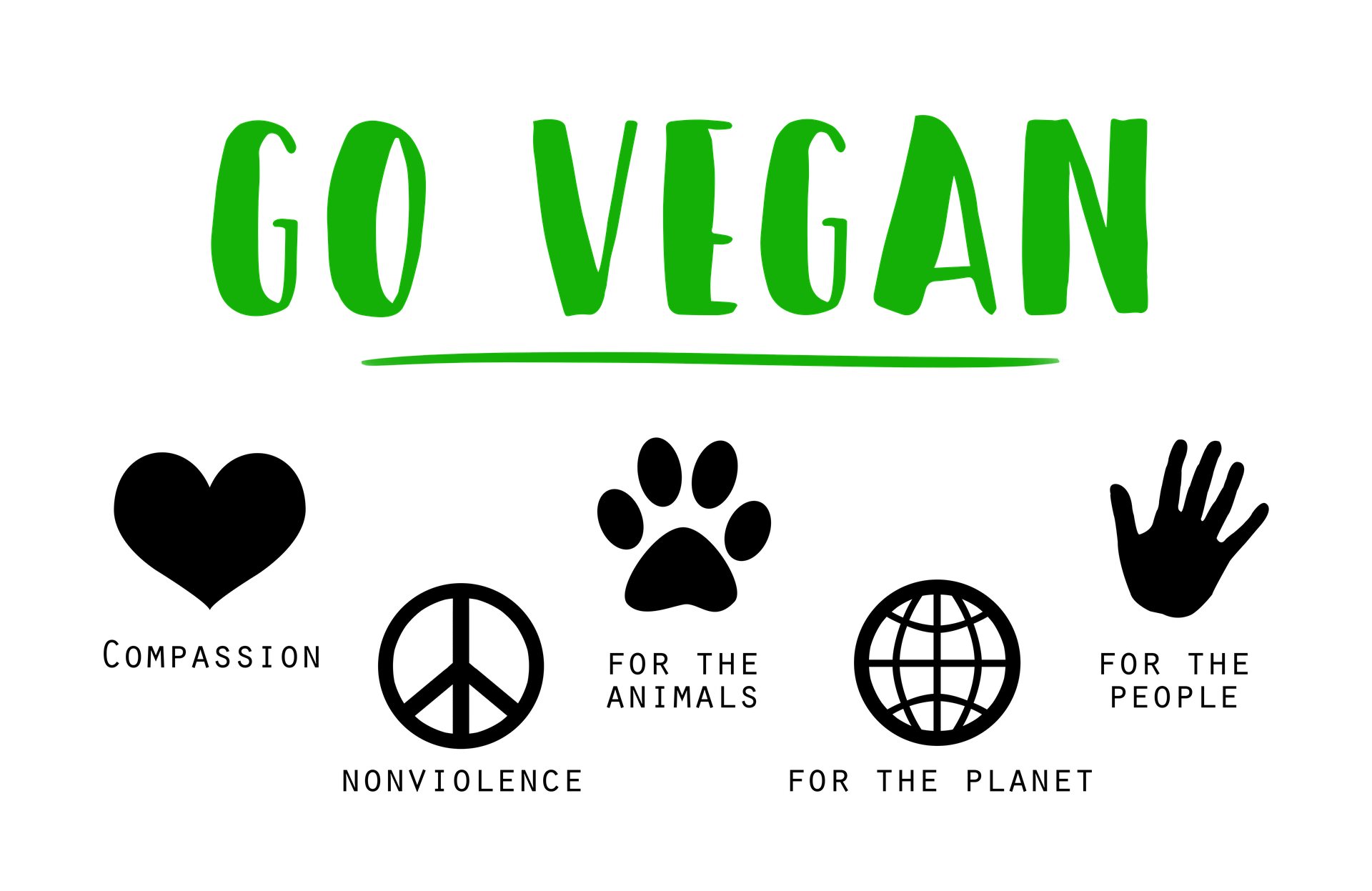EAP ∞ APA ∞ Glossary ∞ Grammar ∞ Vocabulary ∞ Presentation skills
Problem/Solution essay: Meat Consumption
Worldwide, the consumption of meat has increased sharply, from 45 million tons per year in 1950 to 300 million tons today. This is having a harmful effect on the environment and on public health. For instance, large-scale meat production contributes to global warming because it produces methane, a greenhouse gas. If no solutions are found to this problem, meat consumption is predicted to continue rising.
VIDEO: “What if everyone became vegetarian?”
Source: National Geographic (2016). What would happen if everyone stopped eating meat?
Notes: turn on “Substitles/close captions” to read the transcript Duration: 03:46
VIDEO: “Cowspiracy, The Sustainability Secret”
Source: Kip Andersen, K. and Kuhn, K. (2014). Cowspiracy, The Sustainability Secret. Animals United Movement. Retrieved from, http://www.cowspiracy.com/
Notes: turn on “Substitles/close captions” to read the transcript Duration: 15:00
Background reading
Global meat production and consumption have increased rapidly in recent decades, with harmful effects on the environment and public health, according to research by Worldwatch Institute’s Nourishing the Planet project.
Over the last forty years, meat production has tripled and industrialised countries are consuming growing amounts of meat. For example, in North America, it is estimated that the average person consumes around 322 grams of meat every day and in China the figure is 160 grams per day.
Experts claim that large scale meat production has serious implications for the world’s climate. This is because animals emit methane, a well-known greenhouse gas into the atmosphere. The earth has a natural supply of greenhouse gases, designed to capture heat and keep the planet warm. However, as countries have become more industrialised and meat production has increased, more gases have been added, building up beyond the earth’s capacity to remove them. Another environmental concern related to meat production is the amount of land, water and grain needed to raise livestock. Rainforests are lost in order to create cattle ranches and a large amount of water is used to raise cattle instead of crops. It is also estimated that the system of farming grain-fed livestock accounts for 40% of global grain stocks.
As the global demand for meat has grown, so have the number of factory farms. These huge farms, where animals are crowded together, can result in diseases such as mad-cow disease. Farmers attempt to reduce the impact of these diseases by using antibiotics and growth hormones on their livestock; however, this may result in health problems in humans as bacteria can become resistant to the drugs. Some people say that simply eating meat, with or without antibiotics, is bad for the health and that the solution is a plant based diet. Persuading people to do this, however, may be challenging.
Governments around the world are also considering ways of cutting meat consumption, including possible taxation. However, powerful opponents and interference in an individual’s choices would not make such a solution easy.

Prepare & Practice
Meat consumption, the story explained
Vocabulary, citation & paraphrasing practice


You must be logged in to post a comment.